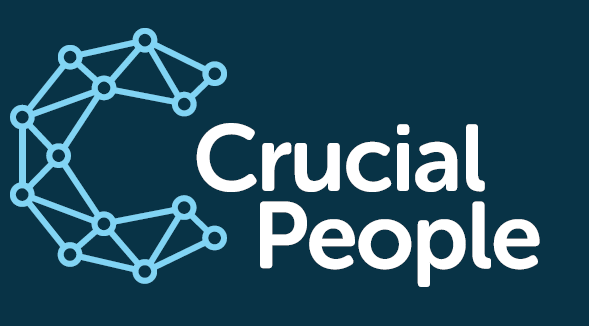Roles
Focus on:
Digital Twin
Digital Twins are emerging as a game-changing technology in the smart buildings industry. Simply put, a Digital Twin is a virtual replica of a physical asset or system that can be used to monitor and simulate real-world scenarios. In the context of smart buildings, a Digital Twin can provide a comprehensive, real-time view of all building systems, including heating, ventilation, air conditioning, lighting, security, and more.
The technology behind Digital Twins relies on a combination of sensors, data analytics, and machine learning algorithms to create a complete and accurate model of a building or its components. This model can be used to simulate different scenarios and predict outcomes, allowing building managers to make more informed decisions and optimize their operations.
One of the key benefits of Digital Twins in the smart buildings industry is their ability to improve energy efficiency and reduce costs. By using real-time data to monitor building systems, Digital Twins can identify inefficiencies and suggest ways to optimize energy usage. For example, a Digital Twin can analyze heating and cooling systems to determine when and where adjustments are needed to maintain optimal comfort levels while minimizing energy consumption.
Another benefit of Digital Twins is their ability to improve maintenance and asset management. By creating a virtual replica of a building system, a Digital Twin can be used to predict equipment failures and identify potential issues before they occur. This can help reduce downtime and maintenance costs while extending the lifespan of equipment.
Digital Twins can also improve safety and security in smart buildings. By monitoring and analyzing data from security systems, a Digital Twin can identify potential threats and provide early warning to building managers. This can help prevent accidents and security breaches, ensuring the safety of building occupants.
In addition to these benefits, Digital Twins can also improve the overall user experience in smart buildings. By analyzing data on user behavior and preferences, Digital Twins can be used to create personalized environments that adapt to the needs and preferences of individual occupants. For example, a Digital Twin can adjust lighting and temperature settings based on individual preferences, improving comfort levels and overall satisfaction.
As the smart buildings industry continues to grow and evolve, Digital Twins are becoming an increasingly important technology for building managers and owners. By providing a comprehensive, real-time view of building systems and assets, Digital Twins can help improve energy efficiency, reduce costs, improve maintenance and asset management, and enhance safety and security. As such, professionals with expertise in Digital Twins are in high demand, and their skills are essential for building owners and managers who want to stay competitive and operate their buildings efficiently.
The technology behind Digital Twins relies on a combination of sensors, data analytics, and machine learning algorithms to create a complete and accurate model of a building or its components. This model can be used to simulate different scenarios and predict outcomes, allowing building managers to make more informed decisions and optimize their operations.
One of the key benefits of Digital Twins in the smart buildings industry is their ability to improve energy efficiency and reduce costs. By using real-time data to monitor building systems, Digital Twins can identify inefficiencies and suggest ways to optimize energy usage. For example, a Digital Twin can analyze heating and cooling systems to determine when and where adjustments are needed to maintain optimal comfort levels while minimizing energy consumption.
Another benefit of Digital Twins is their ability to improve maintenance and asset management. By creating a virtual replica of a building system, a Digital Twin can be used to predict equipment failures and identify potential issues before they occur. This can help reduce downtime and maintenance costs while extending the lifespan of equipment.
Digital Twins can also improve safety and security in smart buildings. By monitoring and analyzing data from security systems, a Digital Twin can identify potential threats and provide early warning to building managers. This can help prevent accidents and security breaches, ensuring the safety of building occupants.
In addition to these benefits, Digital Twins can also improve the overall user experience in smart buildings. By analyzing data on user behavior and preferences, Digital Twins can be used to create personalized environments that adapt to the needs and preferences of individual occupants. For example, a Digital Twin can adjust lighting and temperature settings based on individual preferences, improving comfort levels and overall satisfaction.
As the smart buildings industry continues to grow and evolve, Digital Twins are becoming an increasingly important technology for building managers and owners. By providing a comprehensive, real-time view of building systems and assets, Digital Twins can help improve energy efficiency, reduce costs, improve maintenance and asset management, and enhance safety and security. As such, professionals with expertise in Digital Twins are in high demand, and their skills are essential for building owners and managers who want to stay competitive and operate their buildings efficiently.
Are you looking for a new
Digital Twin
Job Opportunity?
A selection of our current roles is below. If we do not have any for your requested job title, a selection of our other roles will be displayed. You can always visit our jobs page and set up an email alert and you will be notified when a suitable role is registered.
Current Roles
-
Smart Buildings Associate / Associate Director
Read / Apply
Smart Buildings Associate / Associate Director
-
Service & Commissioning Engineer
Read / Apply
Service & Commissioning Engineer
-
BMS Estimator - Major Projects
Read / Apply
BMS Estimator - Major Projects
-
Consultant BMS Controls Engineer
Read / Apply
Consultant BMS Controls Engineer -
Quantity Surveyor
Read / Apply
Quantity Surveyor
Register Today or Search Jobs Now
Register Today
Thank you for sending us your details.
We will get back to you as soon as possible for an initial consultation..
Oops, there was an error sending your message.
Please try again later.
Please try again later.


